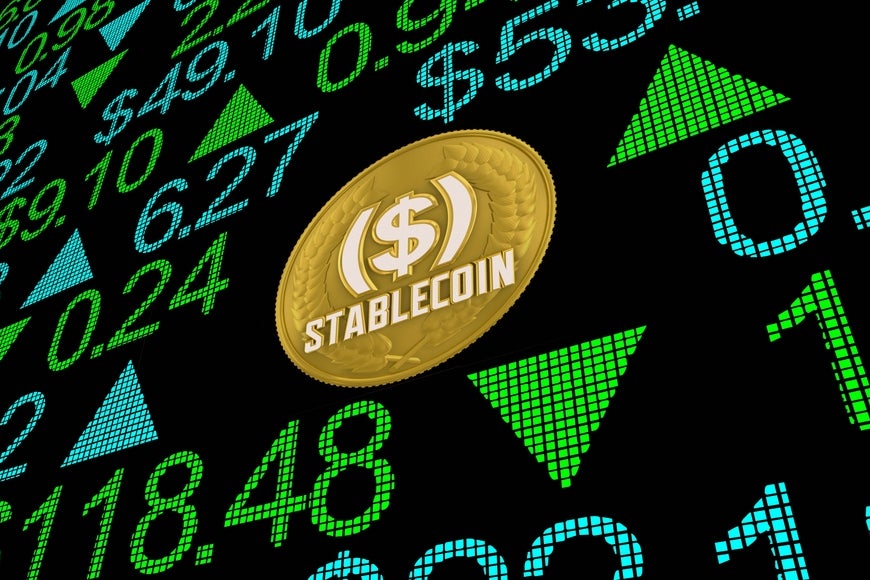

With the bipartisan support of Sen. Kirsten Gillibrand (D-NY) and Sen. Cynthia Lummis (R-WY), the Responsible Financial Innovation Act was proposed earlier today. Alongside a number of regulatory clarifications presented in the legislation, one major component is its endeavor to regulate stablecoins by establishing “100% reserve, asset type and detailed disclosure requirements for all payment stablecoin issuers.”
What Happened: The legislation proposes that the holder of a particular stablecoin must be able to encash it in lieu of the equivalent value in U.S. dollars at any point in time. Furthermore, the bill seeks to protect consumers and investors by ensuring stablecoins stay at their dollar value. It further presents a model including credit unions and banks that may opt into participating in order to supply stablecoins. Therefore, the regulatory clarity presented around stablecoins secures and protects retail and institutional investors.
Why It’s Important: Following the major crash of Terra LUNA as a result of the de-peg of its stablecoin, the algorithmic backing of stablecoins has been majorly in question across the world. Retail investors, organizations and legal bodies have looked into the $60 billion dollar loss suffered globally and confidence in stablecoins has majorly diminished.
By setting regulations around stablecoins, such as guaranteed dollar conversion and assigning banks issuing power, this legislation allows investors to be protected from unpredictable crashes, such as that in the case of Terra.
What’s Next: As the bill must work its way through the U.S. Congress, the future of these regulations being guaranteed remains uncertain. However, the severe crash of Terra may usher in a new generation of stablecoins that work on reserves and collateralization, as opposed to algorithms. The approval of this legislation would formalize the protection of investors in stablecoins from any algorithmic mistakes.
Photo: iQoncept via Shutterstock